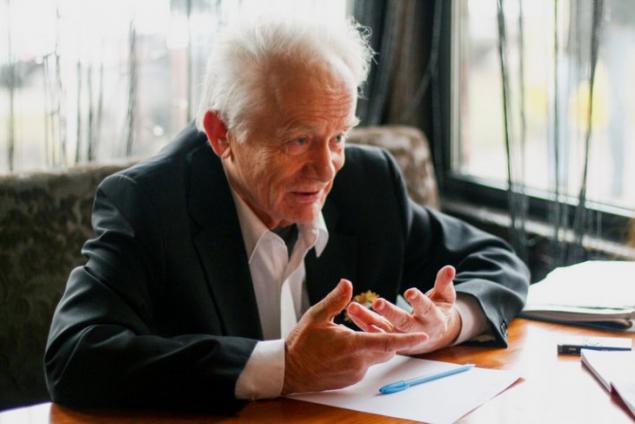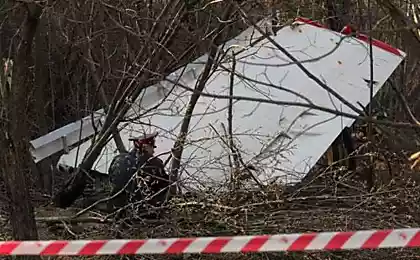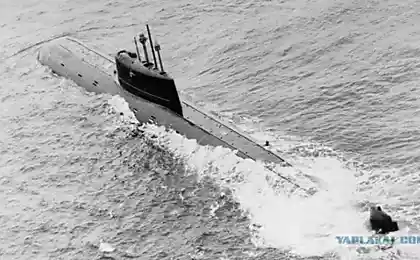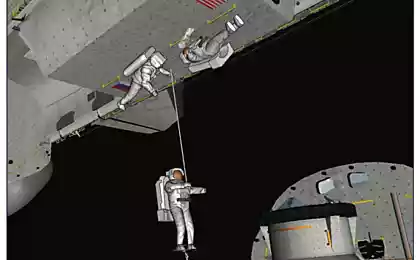A system of guaranteed salvation of all passengers and crew in the event of a plane crash!
So ... when are planes getting these ?? Credit: kateryna.taratynska@gmail.com
Published Street FX Motorsport & Graphics 29 October 2015
blockquote>
These figures are explained by the fact that a few days after its publication crashed Russian plane in Egypt. System rescue of passengers, which appears in this video, developed an aeronautical engineer Vladimir of Kiev Tatarenko. It is able to provide almost guaranteed to save all the passengers and crew in a plane crash in the air, on takeoff and landing
Aviastroitel described how the system works, how much money you need to produce it and how it can affect passengers worldwide. Website publish the interview AIN.ua.

working at the Kiev Aviation Plant, engineer traveled to the commission on the accident Antonov aircraft. "Constantly seeing these horrors, knowing the statistics on wrecks, I came to some conclusions. People have the wrong impression about the accident, because the cause of 80% alarm - the human factor (the crew and those who prepare the flight) », - says the inventor.
But this aircraft designers around the world are trying to improve the reliability of the aircraft itself, so that the human factor is not going away. The engineer decided to find a solution that would be able to cope with this problem.
The solution was to shoot the capsule, which is attached to the fuselage and can if necessary be separated from the aircraft in a matter of seconds. The closest thing to this idea came "Russian rival" Tatarenko - Hamid Khalidov, which proposes to develop parashyutiruemye capsules for each passenger. But the work of such a system will need a lot of time to evacuate all passengers.
Concept capsule with seating for passengers and crew who invented Tatarenko can jump out of the aircraft fuselage through the rear hatch in 2-3 seconds. At the beginning of the plane is pushed a little parachute, he pulls a large parachute that already pulls the capsule itself. However, it can only be installed on aircraft model, which in the rear there is a place for the hatch through which the capsule, t. E. For Boeing or Airbus, it is not suitable.
This system is described in detail in the article Engineer magazine "Inventor» (№ 1, 2014), there are different versions of drawings capsules.
The capsule is attached to the fuselage releasably securing all connections with the aircraft capsule (electrical, piping, and so on. D.) May also open (for example, power cables - With detachable sleeves). The capsule parachutes down on the system could alight on water on an inflatable raft or land on a damper platform - it can be clearly seen on the video at the top.
Capsule flies at a speed of 8-9 m / s, in the design of a sensor which determines the distance to the surface. When the distance is reduced, the powder included engines, they inhibit the container - as a result he lands at zero speed, the inventor says.
The capsule may be designed in various embodiments. This option, for example, makes it possible to shoot the portion on the side that has the problem.
Such a capsule, which can be installed in production models of aircraft - the first step of the invention. The second - the creation of new models of aircraft equipped with such capsules initially. And if in the first case, when the capsule is installed in an existing model of the aircraft, it becomes harder, the second of its weight does not change.
The inventor says that the idea of a rescue capsule was asking for a long time, but only recently appeared super-lightweight and durable materials, from which it can produce - carbon fiber.
At Vladimir Tatarenko - the patent on the invention. The total time required to implement the first phase of the project - about four years. Two years to develop and test a half to two years for a certificate of airworthiness by ICAO.
But there is little chance that the invention will be issued. Tatarenko appealed to the Ministry of Transport, but it said that this project does not have money. The estimated cost of the first stage - a capsule that can be integrated into existing models of planes - about $ 1 000 000.
Author: Olga Karpenko edition: AIN.ua
via factroom.ru
























